Uganda, the “Pearl of Africa,” is a land of stunning contrast, from the dense, misty rainforests of Bwindi to the sweeping savannahs of Queen Elizabeth National Park. Thanks to its equatorial location and high elevation, the country enjoys a temperate climate, making a safari possible virtually any time of the year.
However, Uganda’s two distinct dry and wet seasons profoundly influence the quality of the safari experience, particularly for must-do activities like gorilla trekking and game drives. Choosing the right month can mean the difference between an easy trek with clear skies and a challenging, muddy slog.
This in-depth, month-by-month guide helps you pinpoint the absolute best time for your dream Uganda safari adventure, balancing weather conditions, wildlife viewing potential, and budget considerations.
Uganda’s Seasons at a Glance
Uganda’s climate is characterized by two dry seasons and two wet (or “green”) seasons, especially in the popular southern regions.
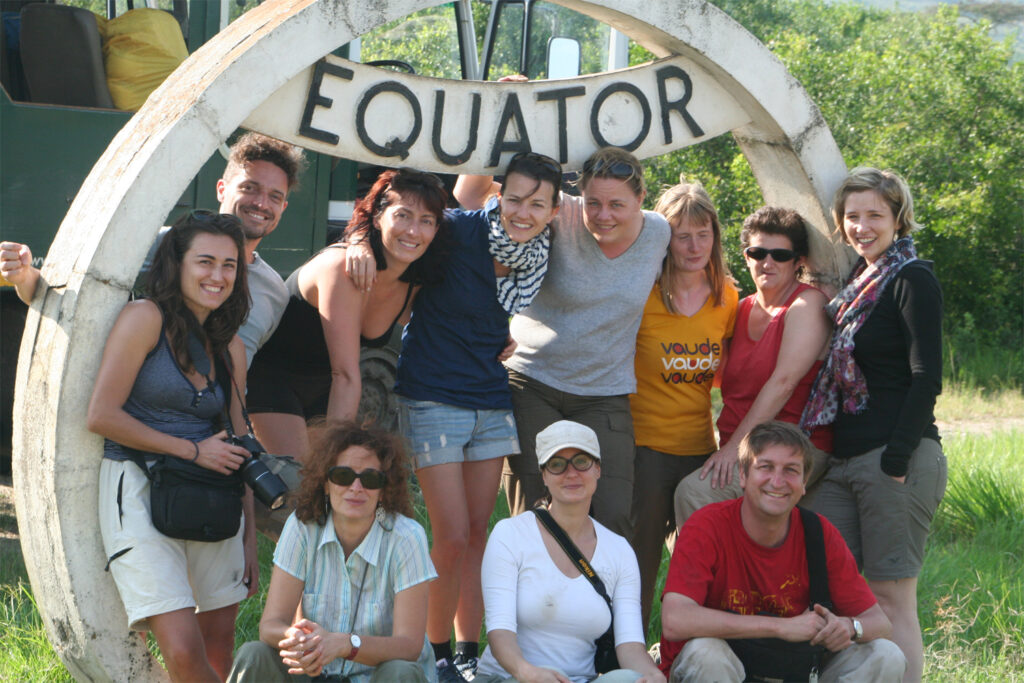
| Season | Months | Weather & Conditions | Safari Experience |
| Long Dry Season (Peak) | June, July, August | Warm, low humidity, minimal rain, clear skies. | Optimal: Easiest trekking, best game viewing, high prices, full availability. |
| Short Dry Season (Hot) | December, January, February | Hottest months, very little rain, can be dusty in the north. | Excellent: Great wildlife visibility, ideal trekking, peak holiday crowds. |
| Long Wet Season | March, April, May | Heaviest rainfall, roads can be muddy, high humidity. | Budget/Birding: Fewer crowds, low prices, challenging trekking, lush scenery. |
| Short Wet Season | September, October, November | Lighter rain, but still frequent showers, very lush. | Shoulder Season: Good value, great birding, improving conditions after the long rains. |
The Dry Seasons: Peak Safari Conditions (Dec–Feb & Jun–Aug)
These periods are widely considered the best time to visit Uganda for the most reliable, comfortable, and classic safari experience.
1. June, July, & August: The Primary Peak Season
-
Weather: Sunny, pleasant, and consistently dry. July and August are often the driest months overall, leading to ideal conditions.
-
Gorilla & Chimp Trekking: The trails in Bwindi and Kibale are at their driest and most manageable. This is the most popular time for primates, and permits must be booked 6+ months in advance.
-
Game Viewing (Savannah Parks): Excellent. Thinning vegetation and scarcity of water force animals to congregate around permanent water sources (rivers, lakes, waterholes), making them easy to spot.
-
Crowds & Price: Highest season for both tourist numbers and accommodation/permit prices.
2. December, January, & February: The Short, Hot Dry Season
-
Weather: Very dry and often the hottest months of the year. Expect clear skies and high daytime temperatures, particularly in the northern parks like Kidepo Valley.
-
Gorilla & Chimp Trekking: Excellent conditions, as trails are dry.
-
Game Viewing (Savannah Parks): Excellent, especially in January and February as the landscape becomes very dry and dusty, concentrating game for easy viewing.
-
Crowds & Price: High, especially around the Christmas and New Year holidays, requiring very early booking.
The Wet Seasons: The Green Season & Best Value (Mar–May & Sep–Nov)
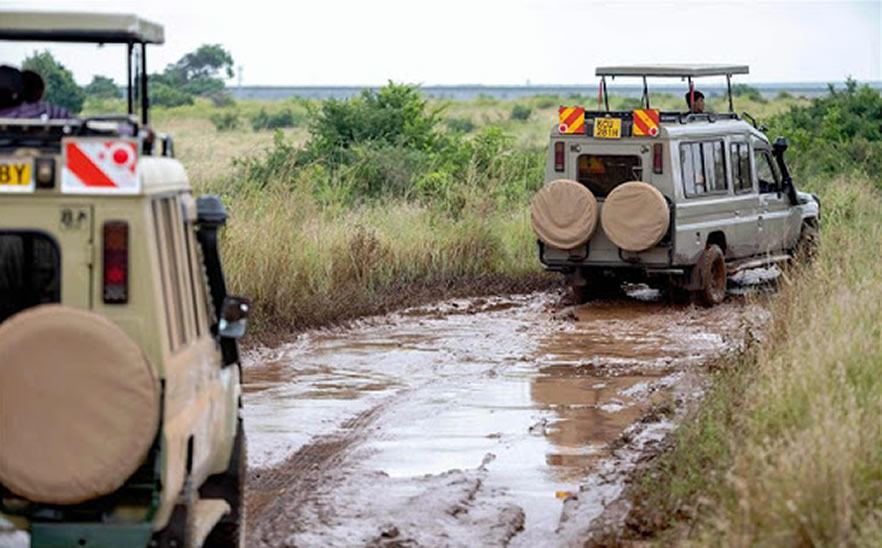
While the risk of rain increases, the wet seasons offer unique advantages for the budget-conscious traveler and those who prefer quieter, more intimate safaris.
3. March, April, & May: The Long Rains (Deep Low Season)
-
Weather: This is the wettest period, with April typically receiving the most rainfall. Downpours can be heavy, especially in the afternoon, leading to muddy roads and slippery forest trails.
-
Gorilla & Chimp Trekking: Challenging. The trails are muddy, slippery, and tougher to hike, but the forest is incredibly lush.
-
Game Viewing (Savannah Parks): Good, but more challenging. Vegetation is dense and tall, making animals harder to see, and they are more dispersed since water is plentiful. However, this is the season for newborn animals, making for wonderful, tender sightings.
-
Crowds & Price: Lowest season. Expect lower prices, deeply discounted lodging, and a higher chance of last-minute gorilla permit availability.
4. September, October, & November: The Short Rains (Shoulder Season)
-
Weather: Rain is frequent, but generally lighter and less continuous than in the March-May season. The landscape is intensely green and beautiful.
-
Gorilla & Chimp Trekking: Trekking is more challenging than the dry season, but usually better than the long rains. Gorillas may also be found on lower slopes, potentially shortening the trek.
-
Bird Watching: Optimal time. Migratory birds arrive starting in November, and resident species are in full breeding plumage. Uganda is a birder’s paradise during this season.
-
Crowds & Price: Shoulder season. Good value with moderate crowds and lower prices than the peak months.
Activity-Specific Recommendations
| Activity | Best Months | Why? |
| Gorilla Trekking | Jan–Feb & Jun–Aug | Trails are driest, reducing the difficulty of the hike in Bwindi and Mgahinga. |
| Big Game Viewing | Jan–Feb & Jun–Aug | Thinner vegetation and animals gathering at limited water sources. |
| Bird Watching | Nov–April | Presence of Palearctic and intra-African migratory birds, combined with resident species. |
| Budget/Value Safari | Mar–May & Sep–Nov | Low season rates and discounts are common, particularly for accommodation. |
| Kidepo Valley NP | Dec–Mar | The single, long dry season here is the best time for game viewing. |
Final Considerations for Your Uganda Safari
-
Gorilla Permits: Regardless of the season, book your Gorilla Trekking Permit at least 3-6 months in advance, especially for the peak months of June, July, and August. The permit price remains the same year-round.
-
The Equator Effect: Uganda straddles the equator, meaning temperatures are relatively stable throughout the year, averaging averaging to ( to ) during the day. The main difference between the seasons is the rainfall, not the temperature.
-
The All-Weather Destination: Even in the wet season, rain rarely lasts the entire day. Short, heavy bursts are common, followed by sunshine. Never let the possibility of rain deter you; the lush scenery of the “Green Season” is stunning, and the fewer tourists can make for a magical, private experience.
In conclusion, for the easiest and most reliable experience, plan your Uganda safari for the long dry season (June-August). If you are a passionate birdwatcher or prioritize value and seclusion, the shoulder season (September-November) offers a truly rewarding and vibrant alternative. Uganda is waiting—just make sure to pack your hiking boots and a good rain jacket, regardless of the month!
Planning a Uganda safari adventure in 2026 – we at Mumwe Safaris will be more than delighted to organize an amazing budget trip whether you are traveling alone, as a couple, family or small group. Contact us today by emailing to info@ugandasafaribookings.com or call us now on +256-700135510 to speak with the reservations team.

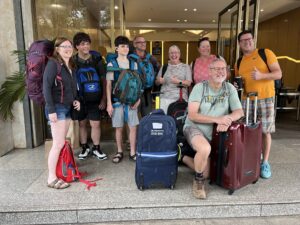
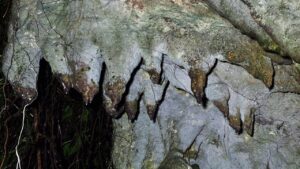
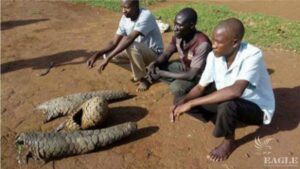
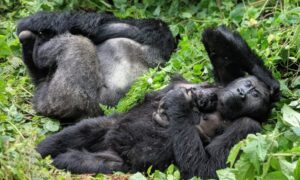
More Articles
Uganda vs Traffickers: The Race to Save the Pangolin
All You Need To Know About Gorilla Safaris in Uganda, Rwanda
Top 5 Interesting Things You Didn’t Know About Gorillas